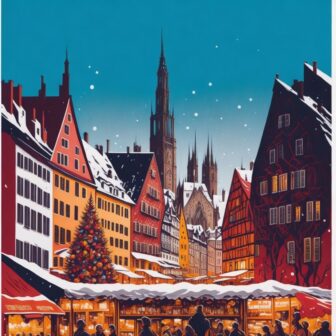12 Fun Facts You Need to Know About German Wine
Since the Romans started tending vines some 2,000 years ago, wine in Germany has been a significant aspect of German life and culture. The country’s most well-known vineyards are located in the west and southwest, in the Rhine Valley, and along the Mosel River. The official quality category that is stated on the label is established by the German technique of selecting grapes at various stages of ripeness (referred to as selective harvest). Tafelwein and Qualitätswein are the two categories of quality recognized in Germany.
German Wine Fact 1 - Tafelwein
Grapes that are typically ripe are used to make tafelwein. There are two options for a straightforward, low-cost German table wine: Deutscher Tafelwein and Deutscher Landwein.
German Wine Fact 2 - German Tablespoon
German table wine, or Deutscher Tafelwein, is a straightforward table wine made from typically ripe grapes. It’s intended for daily enjoyment and is mainly consumed in Germany, where it’s grown. One of the five main Tafelwein regions is where Deutscher Tafelwein is produced.
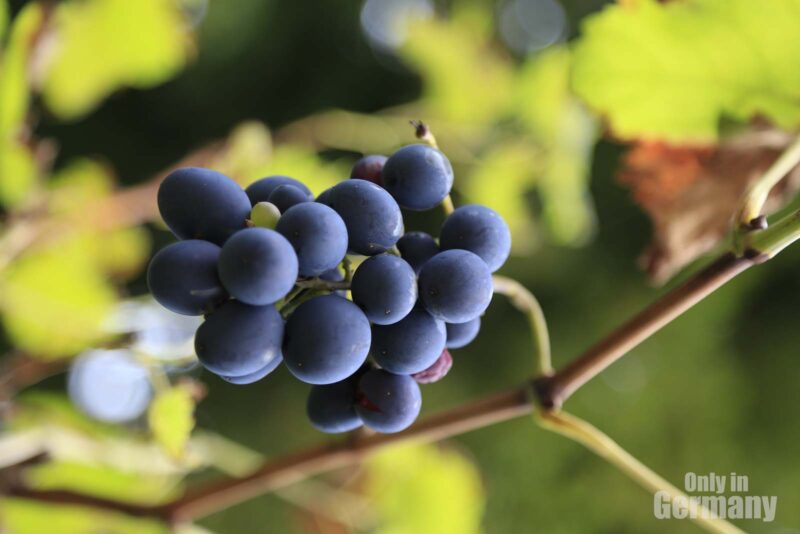
German Wine Fact 3 - German Landwein
Because the grapes must be more mature at harvest, Deutscher Landwein, distinctive German table wine, is a hearty, fresh, regional wine with greater body and character than Tafelwein. One of the 19 Landwein districts, whether dry or semidry, bears the name and origin of Landwein.
Tafelwein or Landwein is not manufactured exclusively from German grapes if the term Deutsch appears nowhere on the label. In its place, a foreign wine that may or may not have been mixed with German wine is being served. It was most likely bottled, not farmed, in Germany.
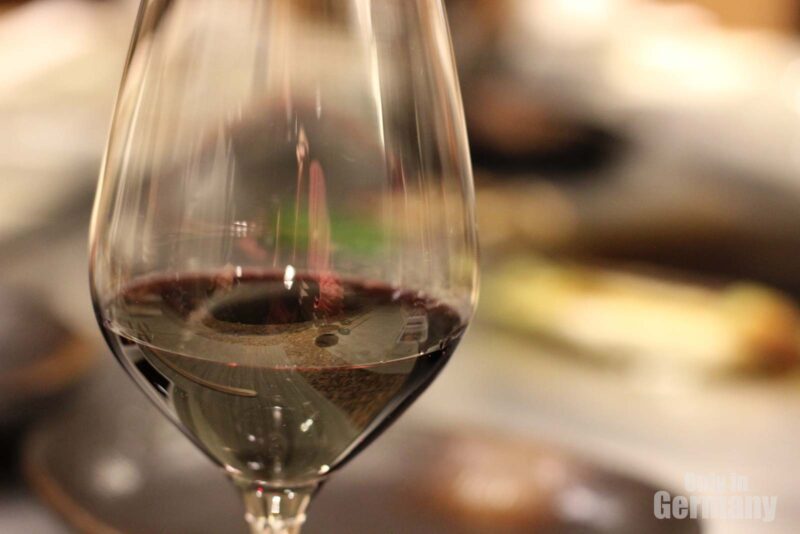
German Wine Fact 4 -Quality Wine
Qualitätswein, quality wine, is broken down into two categories: Qualitätswein mit Prädikat and Qualitätswein bestimmter Anbaugebiete. It is made from ripe, very ripe, or overripe grapes (QbA). When you see QbA on the label, it implies the wine is manufactured from recognized grape varieties that have ripened sufficiently to ensure that the wine will have the character and typical flavor of its region. The wine must also come from one of the 13 designated winegrowing regions. These wines are meant to be enjoyed young, for general enjoyment, or with meals. They are light, refreshing, and fruity.
German Wine Fact 5 - Prädikatswein
All of Germany’s finest wines are included in Qualitätswein mit Prädikat (QmP). Each of these wines, referred known as Prädikatswein, has one of six unique Prädikats (attributes) printed on its label. Kabinett, Spätlese, Auslese, Beerenauslese, Eiswein, and Trockenbeerenauslese are those six characteristics. The sections that follow list each type’s description in descending order of ripeness. The level of ripeness corresponds to the grape juice’s natural sugar concentration at harvest.
German Wine Fact 6 - Kabinett
Fine, typically naturally light, and created from completely matured grapes, Kabinett wines are excellent. Kabinett wines, the lightest Prädikat wines, typically have the lowest alcohol content.
German Wine Fact 7 - Spätlese
Spätlese, literally translated as “late harvest”, these premium wines are produced from grapes that were harvested later than usual. Wines from the Spätlese region are more flavorful and concentrated, but they are not always sweet. They can be consumed on their own or with foods that are richer and more savory.
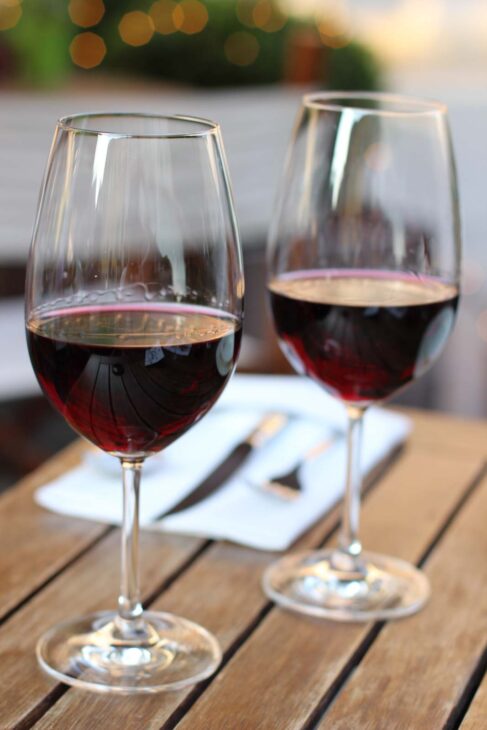
German Wine Fact 8 - Auslese
Select, extremely ripe bunches are harvested during an Auslese. These wines are elegant, strong in flavor and fragrance, and typically sweet (but not necessarily).
German Wine Fact 9 - Beerenauslese
Beerenauslese is the collection of carefully chosen, highly sugared, overripe berries (Beeren). These dessert wines are opulent and sweet.
German Wine Fact 10 - Eiswein
Grapes are collected and pressed while frozen to concentrate sugar and acidity to create Eiswein (ice wine). Eiswein is genuinely exceptional, of Beerenauslese strength, with a stunning concentration of fruity acidity and sweetness.
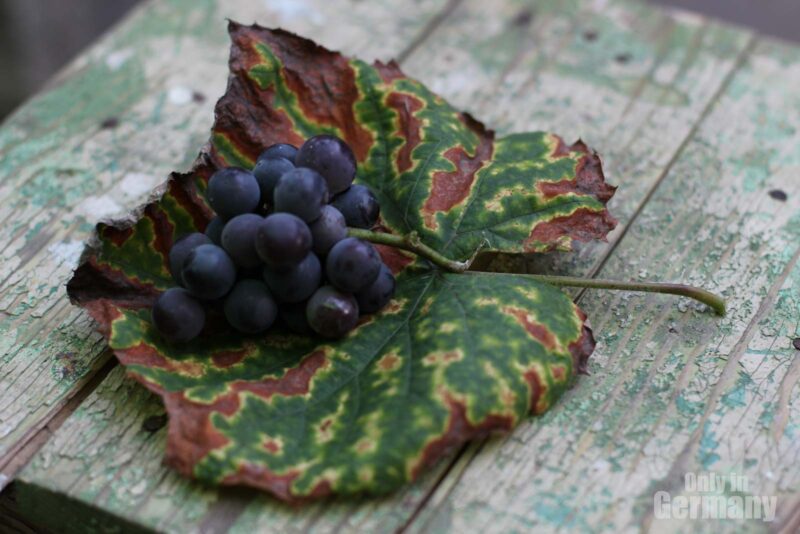
German Wine Fact 11 - Trockenbeerenauslese
Trockenbeerenauslese is created from specially chosen, overripe berries that have been nearly dried to raisins. These wines have a thick, honey-like sweetness.
RELATED
German Wine Fact 12 - The German Wine Queen
Many German wine regions choose a wine queen every year and have done so for many decades. One of them will then be elected the German Wine Queen in September. The Wine Queen needs to be knowledgeable about wine, viticulture, wine production, and its history. An advantage is having knowledge of tourism and the wine area. She should also exude confidence and enjoy interacting with others.





